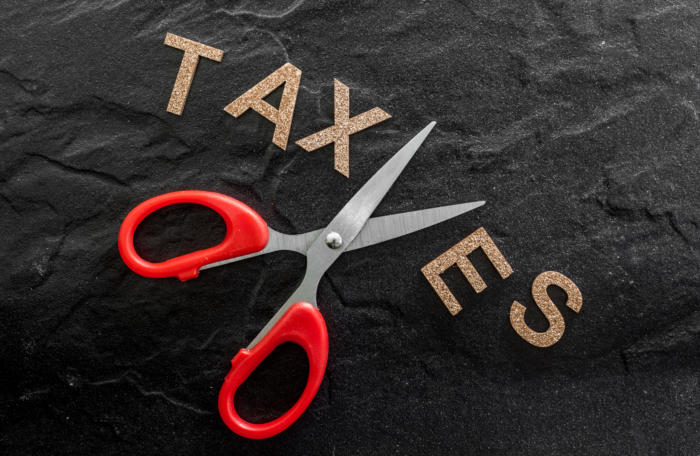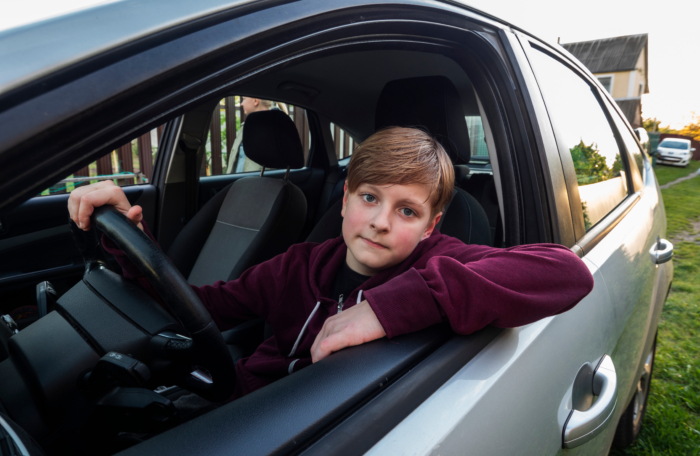Granite Staters could gain a little more freedom this year to make extra money from home.
The COVID-19 pandemic has reshaped the American workforce, probably permanently. A Pew poll in February found that 59% of people who say their jobs can be done mostly from home are working from home all or most of the time, with another 18% working from home some of the time.
What’s more, 61% of them say they are working from home by choice.
A study published by Stanford University in March concluded that “about half of the US workforce currently works remotely at least one day each week.”
Millions of Americans are choosing to convert their living rooms, dens, bedrooms, play rooms, basements, etc. into home offices.
But for those who don’t type on laptop computers all day, working from home is trickier. Regulations often prevent homes from being monetized in more traditional ways.
Two bills in the Legislature would relax some restrictions that make it harder for people to generate extra income from their homes.
RSA 143-A:12 allows Granite Staters to operate a “homestead food operation” from their kitchens. (It excludes foods the require refrigeration.)
To prevent these kitchen businesses from scaling up to full commercial operations, allowable sales are capped at $20,000.
House Bill 314 would increase that cap to $35,000, letting people make a living, or at least a really strong side-income, from homestead food preparation. The bill would increase a homestead food operator’s maximum allowed weekly sales from $384.60 to $673.
For those who wish to monetize the rest of their home, Senate Bill 249 would prohibit municipalities from banning short-term rentals.
According to a new analysis by the state Office of Planning & Development, 27 New Hampshire jurisdictions regulate short-term rentals in some way. These range from Franconia’s registration requirement to Bedford’s ban.
SB 249 would allow short-term rentals statewide while authorizing municipalities to “generally regulate parking, noise, safety, health, sanitation” and apply “other related municipal ordinances” to short-term rentals.
Municipalities could require registration, and they could revoke that registration if a property is associated with more than one ordinance violation.
There is some concern that short-term rentals could raise rents and home prices. Studies have found that these rentals are associated with a short-term bump in prices.
But over the long run, short-term rentals have been found to stimulate housing construction.
A study released last fall looked at the effect of Airbnb rentals on housing construction over a decade. It found that a 1% increase in Airbnb listings led to a 0.769% increase in permit applications.
The authors found that short-term rentals stimulate the construction of new housing units, leading to increased property tax revenue, and that “restricting STRs can have a significant, negative impact on local economic activity.”
It’s not surprising that people will try to build more housing if they can use it to generate extra income.
These practical considerations aside, regulations on the use of property (particularly for generating income) have grown so strict that they’ve caused a significant erosion of private property rights.
Historian Edmund S. Morgan wrote that “widespread ownership of property is perhaps the most important single fact about Americans of the Revolutionary period. . . . Standing on his own land with spade in hand and flintlock not far off, the American could look at his richest neighbor and laugh.”
Today, a Granite Stater standing on his own land looks at his neighbor and worries, as the neighbor can call the town planning department and report him for a dozen potential ordinance violations.
Instead of balancing competing private property interests, state and local regulations have long trended against property owners. Regaining that balance will take decades. It can start with small changes that grant a little more discretion to property owners while maintaining rules that allow neighbors to assert their own property rights.










